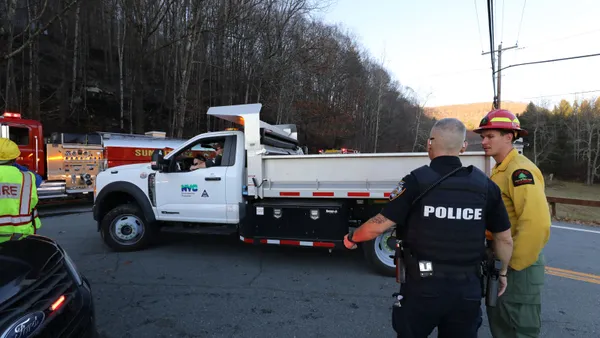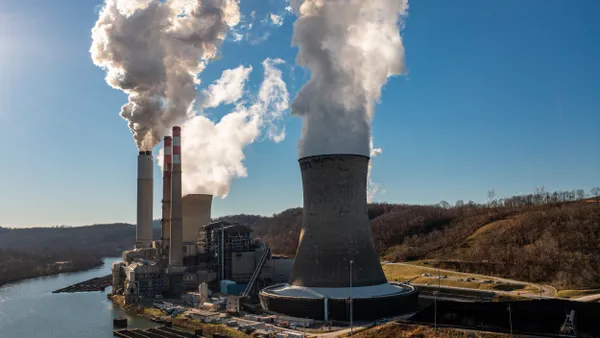Dive Brief:
- Houston Mayor Sylvester Turner unveiled last week Resilient Houston, a 186-page framework designed to prepare and protect Houston from future climate-related disasters, such as flooding or extreme heat.
- The framework is centered on five key pillars: prepared and thriving Houstonians; safe and equitable neighborhoods; healthy and connected bayous; accessible and adaptive city; and innovative and integrated region. It outlines 18 high-level targets to measure the impact of resilience work around those pillars.
- Under an executive order, all departments in Houston will be required to implement resilience planning and budgeting in their respective work, and to designate Departmental Resilience Officers (DROs) to execute such targets. Departments have 60 days to appoint their DROs.
Dive Insight:
The Resilient Houston strategy was developed in collaboration with stakeholders across all levels of government and the private sector, including a $1.8 million sponsorship from Shell Oil Company. In a press release, Shell's VP of U.S. Energy Transition Strategy Jason Klein said the sponsorship will ensure Houston "remains a global energy hub long into the future."
Houston's status as a global energy hub has been rocked by climate-related disasters over the last five years, most notably Hurricane Harvey, which dropped 1 trillion gallons of rainwater on Harris County over a four-day period in August 2017. The damages amounted to an estimated $125 billion and prompted a number of infrastructure investments, including high-water warning systems and "coastal spines."
Just this week, the journal Weatherwise named Hurricane Harvey the United States' most extreme weather event of the last decade.
The new Resilient Houston strategy looks beyond the Harvey devastation to what could come in the future, as cities grapple with a changing climate and a lack of urgency from the federal government. Among the framework's many goals are targets to plant 4.6 million new native trees by 2030; to create 100 new green stormwater infrastructure projects by 2025; to provide at least 500,000 Houstonians with preparedness training by 2025; and to invest a whopping $50 billion in projects that increase resilience by 2040.
While the framework holds a hefty price tag, the hope is that the measures will grow the local economy and will dramatically curb the costs of an eventual weather-related disaster down the road.
The strategy also outlines many resilience-driven goals unrelated to climate or weather, including efforts to build new bike lanes and provide more frequent public transit options. While disaster preparedness is at the core of the strategy, the city defines a resilient Houston as a place that's safe and accessible for all residents "no matter their age, health status, or physical ability."
Houston marks the 79th city in the world to release a resilience strategy. It was developed with the support of the newly-launched Global Resilient Cities Network (GRCN), an association for chief resilience officers to collaborate and assess the impact of resilience strategies. Earlier this month, GRCN aided the City of London in releasing its first resilience strategy to prepare the city for climate threats and the economic impact of Brexit.












